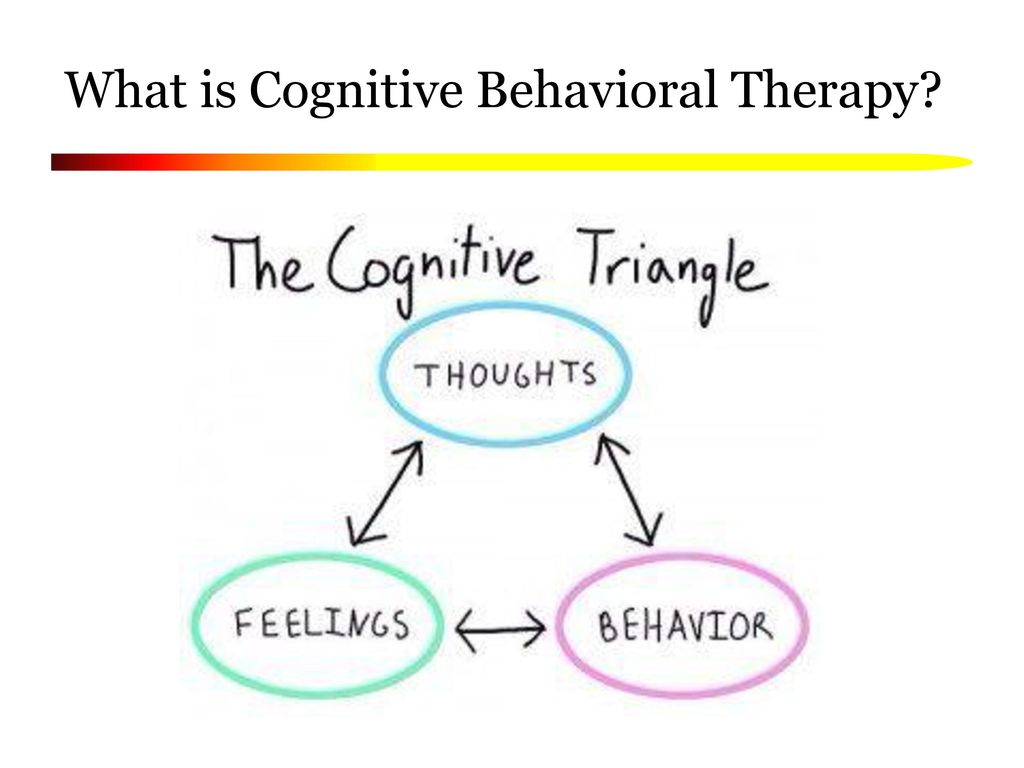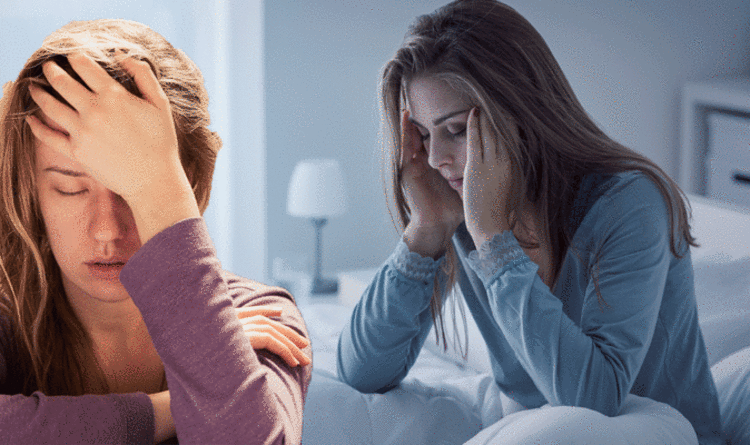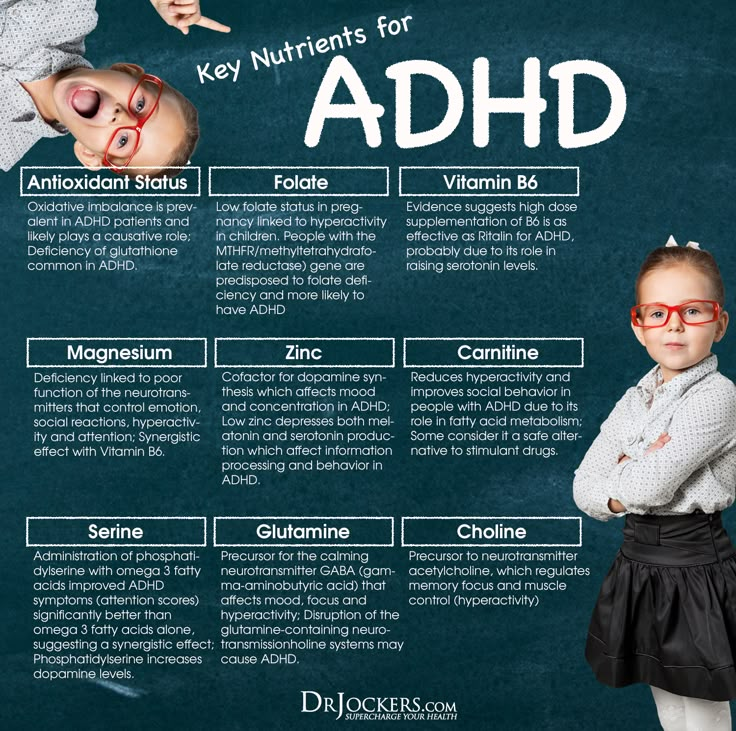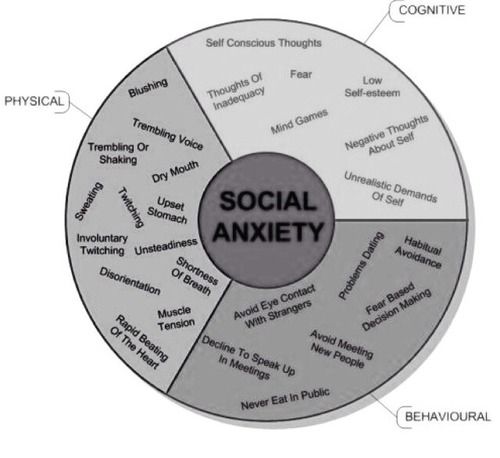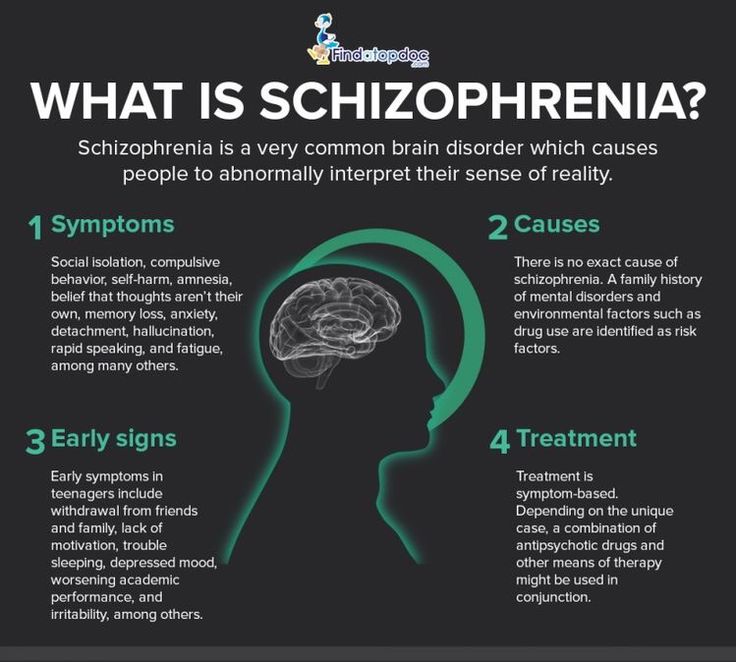Light bulbs vitamin d
☀️Do Vitamin D Light Bulbs Really Work? Evidence & Reviews
Table of Contents
Human health is largely determined by the balance of vitamins necessary for the body. Many scientific studies confirm that one of the most important vitamins that determine the general condition of the body is vitamin D.
In summer, due to a large number of sunny days, the deficit can be filled by being under the open sun. But with the onset of autumn, when daylight hours gradually become shorter, the need to resort to additional sources increases. Vitamin D light bulbs are one such source.
In this article, you will find information about this type of light therapy, its features, and its effects on the body. And also clinical studies confirming the effectiveness of it.
Sperti Vitamin D Sunlamp
Show price
What is vitamin D and why is it important?
💊
Vitamin D is a group of biologically active substances that are formed under the action of ultraviolet rays (UVB) in the skin and also enter the human body with food.
Vitamin D is needed to:
- The normal growth, because without it, bones do not develop properly;
- Achieve normal cardiac activity and blood clotting;
- Maintain a stable nervous system and blood pressure;
- The normal functioning of the immune system;
- The normal functioning of muscles.
Vitamin D is produced in the skin by exposure to UVB rays from the sun. You can also get the vitamin D you need from food or chemical supplements.
Since vitamin D is soluble in fats, it can accumulate in the human body in the cells of various organs. Its greatest amount is found in the subcutaneous fat and liver.
Vitamin D: sources and productsComing out of this, there are many reasons why vitamin D deficiency is so common. Since vitamin D is not found in many food sources, our main source of vitamin D is the sun.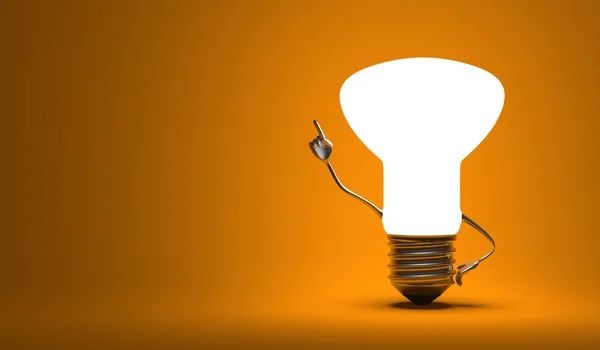 However, the problem is that our modern lifestyle does not allow us to get enough sunlight to stay healthy. We spend most of our days working and resting indoors. Also, to obtain vitamin D from the sun, we must expose our skin to direct sunlight when the conditions are ideal. Many factors limit our ability to make vitamin D from sunlight, including latitude, season, time of day, cloud cover, etc.
However, the problem is that our modern lifestyle does not allow us to get enough sunlight to stay healthy. We spend most of our days working and resting indoors. Also, to obtain vitamin D from the sun, we must expose our skin to direct sunlight when the conditions are ideal. Many factors limit our ability to make vitamin D from sunlight, including latitude, season, time of day, cloud cover, etc.
What are the signs and symptoms of vitamin D deficiency?
The ability of the skin to produce vitamin D decreases with age. Therefore the prevalence of patients with vitamin D deficiency is highest among the elderly, and also obese patients, nursing home residents, and hospitalized patients.
Low vitamin D levels can cause a variety of symptoms.
Signs of vitamin D deficiency include:
- Brittle bones;
- Muscle weakness, cramps;
- Frequent colds;
- Decreased mood;
- Irritability;
- Teeth unraveling, frequent caries;
- Decreased appetite.
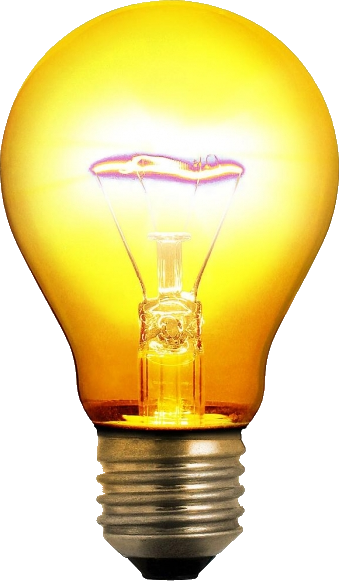
Also, an increase in the need for vitamin D is facilitated by naturally dark skin, vegetarianism, and adherence to low-fat diets, digestive disorders, pregnancy, and lactation, a period of intensive growth and development.
In the case of pregnancy and lactation, this need is justified by the development and birth of the fetus, which needs vitamins, which it takes first from the womb, and then from milk. Vegetarianism and adherence to diets (in particular low-fat) are always stressful for the body since there is often a deficiency in the ingestion of the necessary substances, in particular vitamin D.
These people need additional vitamin D intake.
What are Vitamin D lights bulbs?
A vitamin D light bulbs is a lamp that emits ultraviolet light (only necessarily UVB, not UVA), helping your body produce vitamin D.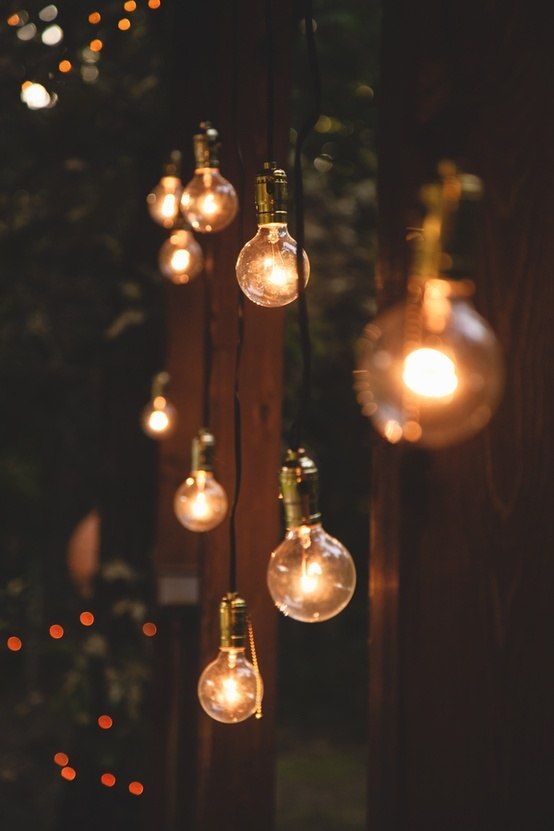
❗ Note
UVA has a wavelength of 400-320 nm, while UVB has a wavelength of 320-290 nm. Based on this, UVA rays penetrate the deeper layers of the skin and cause sunburn.
How it works
Two forms of vitamin D are important for humans: vitamin D2, produced by plants, yeast, and fungi, and vitamin D3, produced by the skin when exposed to sunlight or ultraviolet light of an appropriate length [7].
Vitamin D bulbs are one of the main sources of this vitamin in the absence of sufficient sunlight.
The principle of operation of a lamp with vitamin D is as follows.
When UVB light hits the upper areas of the skin (epidermis), pre-vitamin D3 is produced, which is converted into vitamin D3 within a few hours. It is then transported to the liver where it is converted to 25-hydroxyvitamin D3. It is the main form of vitamin D that is measured to determine vitamin D status.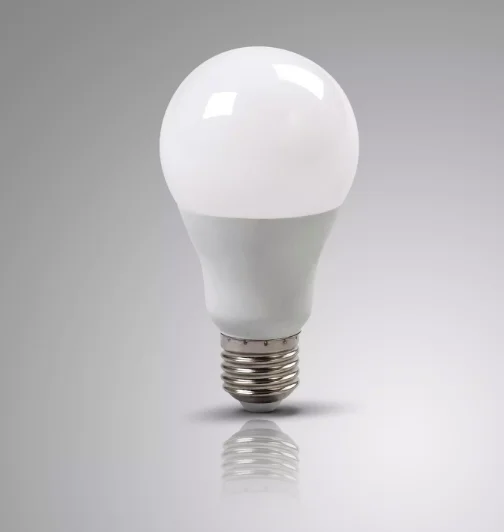 Part of it also enters the kidneys, where it is converted to its active form — 1,25-dihydroxy vitamin D. This form helps to increase calcium in the body
[7].
Part of it also enters the kidneys, where it is converted to its active form — 1,25-dihydroxy vitamin D. This form helps to increase calcium in the body
[7].
The UVB device that produces vitamin D3 can be used on areas of the skin that are less exposed to sunlight, such as the upper legs, arms, abdomen, and back, thus minimizing the risk of developing non-melanoma skin cancer.
A Vitamin D light bulb session involves sitting in front of the device approximately 15 inches (46 cm) from the device. An obligatory precaution is to protect the eyes with special glasses from ultraviolet radiation.
Vitamin D bulbs are usually equipped with a timer. It is recommended that you start with a two to three-minute session first to make sure you don’t overdo it and get sunburned.
A five-minute session is sufficient, and most use vitamin D bulbs on average three times a week.
How effective are vitamin D bulbs? Based on clinical trials
Vitamin D is more than just a nutrient; it is a hormone with receptors in almost every cell and tissue in the body. Vitamin D has a wide range of effects on systemic health and has been shown to support the function of the physical, mental and immune systems.
Vitamin D and mental health
Vitamin D deficiency plays a role in the development of mental disorders and, in particular, mood disorders. Exposure to UVB stimulates various mechanisms in the body, which have a positive effect on mental health. The following studies support this information.
The aim of a study [1] involving 19 patients with fibromyalgiaFibromyalgia — a disease characterized by widespread musculoskeletal pain accompanied by weakness, sleep, memory, and mood disorders. caused by vitamin D deficiency was to determine the effectiveness of UVB light. Patients were exposed to radiation for two weeks. As a result, measuring mood variables in patients with fibromyalgia syndrome showed that 6-ultraviolet light sessions had a positive effect on well-being, relaxation, and pain reduction.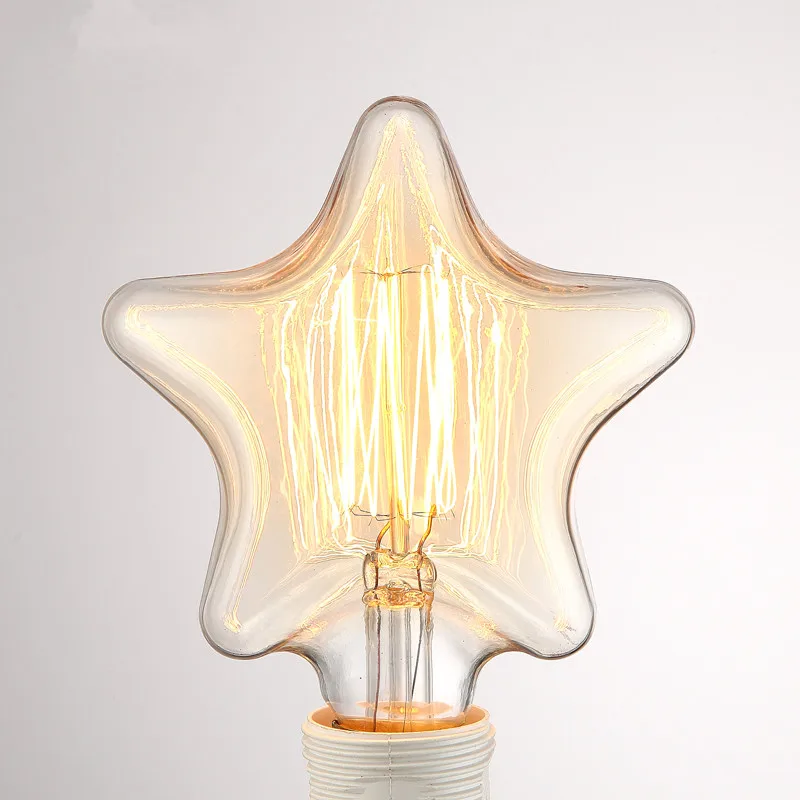
Coming out of this study, it can be noted that UVB lamps reduce pain and also have a positive effect on mental health in people with fibromyalgia syndrome.
The next study [2] looked at the symptoms of depression and vitamin D deficiency. 114 patients were screened for depressive symptoms and vitamin D deficiency. Those participants who had severe vitamin D deficiency and experienced clinically significant depressive symptoms were randomly assigned to either 12 weeks a light irradiation program or a placebo group. As a result, the group that was exposed to the radiation showed a significant increase in vitamin D levels and, on average, was no longer deficient, while the patients in the placebo group worsened.To summarize, the use of UVB light therapy bulbs increases the amount of vitamin D in the body, which as a result has a beneficial effect on mental and mood disorders.
Vitamin D and immune system
Scientific evidence shows that vitamin D affects the immune system and helps maintain systemic health. Vitamin D acts as an immunity booster, and its deficiency is associated with immune disorders and an increased risk of infections.
Vitamin D acts as an immunity booster, and its deficiency is associated with immune disorders and an increased risk of infections.
A study [3] included 167 patients who were randomly divided into two groups: the first group received vitamin D as a result of radiation, the second group took a placebo, avoid the incidence of influenza A. The study was conducted in the winter period (from December to February). As a result, influenza A occurred in 18 (10.8%) patients in the vitamin D group compared with 31 (18.6%) patients in the placebo group. Consequently, the reduction in the incidence of influenza A was more pronounced in patients who received vitamin D.
Consequently, maintaining healthy vitamin D levels during the winter is important for the health of the whole body, in particular the immune system. The narrow spectrum of UVB radiation naturally stimulates the production of vitamin D and activates the same mechanisms as sunlight.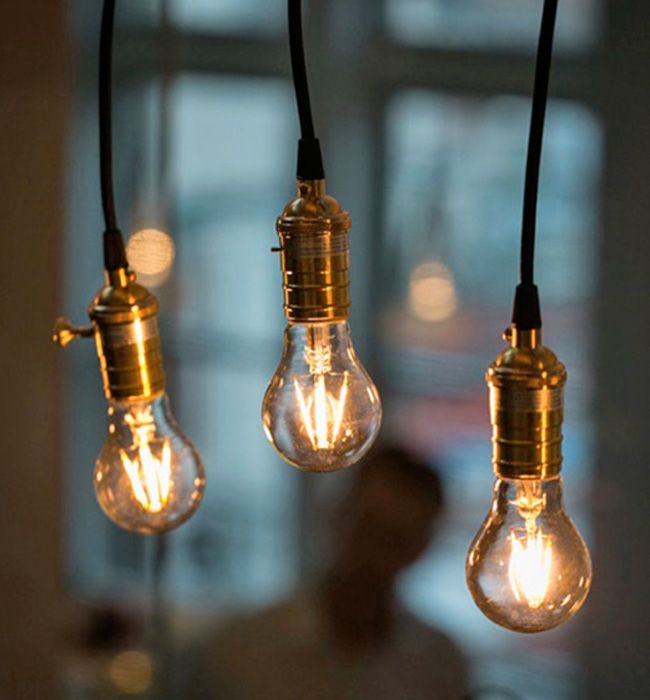
Vitamin D and Rheumatoid arthritis
Rheumatoid arthritis (RA) is an autoimmune inflammatory disease in which the body’s immune system mistakenly attacks healthy cells in the body, causing inflammation. Read more about how Infrared Sauna Blanket can help with rheumatoid arthritis.
Low vitamin D levels have been associated with an increased risk and activity of various autoimmune conditions, including rheumatoid arthritis.
The study [4] compared 100 patients with rheumatoid arthritis disease for vitamin D deficiency and subsequent treatment. The study found that 84% of patients were vitamin D deficient compared with 16% of patients in whom vitamin D was in the normal range. In addition, vitamin D levels correlated with disease severity — patients with lower vitamin D levels had higher disease activity. After UVB light irradiation procedures, patients noted a decrease in inflammation and an improvement in general condition.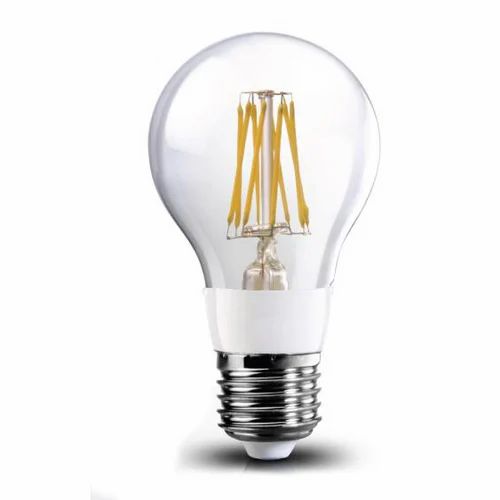
There have also been several studies [5] in which for several years, women (a total of 106,368 persons) who had the initial symptoms of rheumatoid arthritis were exposed to UVB radiation to increase the intake of vitamin D into the body. As a result, the risk of developing the disease decreased by 21%. These results suggest that UV-B exposure is associated with increased vitamin D and a lower likelihood of developing RA.
From this, it can be concluded that UVB light increases the supply of vitamin D, but more research is needed to determine the potential of vitamin D for treating rheumatoid arthritis, as well as the exact form and dosage of vitamin D required for treating arthritis.
Vitamin D and Osteoporosis
Osteoporosis is a disease associated with the loss of calcium in the bones, as a result of which they become more fragile and easily damaged.
Vitamin D is best known for its role in maintaining bone health.
There have been several placebo-controlled studies [6] that investigated the effect of vitamin D on the development of osteoporosis. The patients were divided into groups. The first group received UVB light to obtain vitamin D, the second received placebo treatment. As a result, the vitamin D group showed a 30% reduction in the incidence of hip or non-vertebral fractures compared with placebo.
The patients were divided into groups. The first group received UVB light to obtain vitamin D, the second received placebo treatment. As a result, the vitamin D group showed a 30% reduction in the incidence of hip or non-vertebral fractures compared with placebo.
It can be concluded that since low vitamin D levels are a risk factor for osteoporosis, it is important that people at risk of osteoporosis take steps to maintain adequate vitamin D levels that can be obtained through light therapy.
Best Vitamin D bulbs
Sperti Vitamin D Sunlamp
Sperti Vitamin D Sunlamp is the most famous device for generating vitamin D in the body. It is also one of the few lamps recognized by the FDAFDA is a Food and Drug Administration standard that guarantees the quality and safety of the presented device.
as an ultraviolet product for the production of vitamin D in the human body.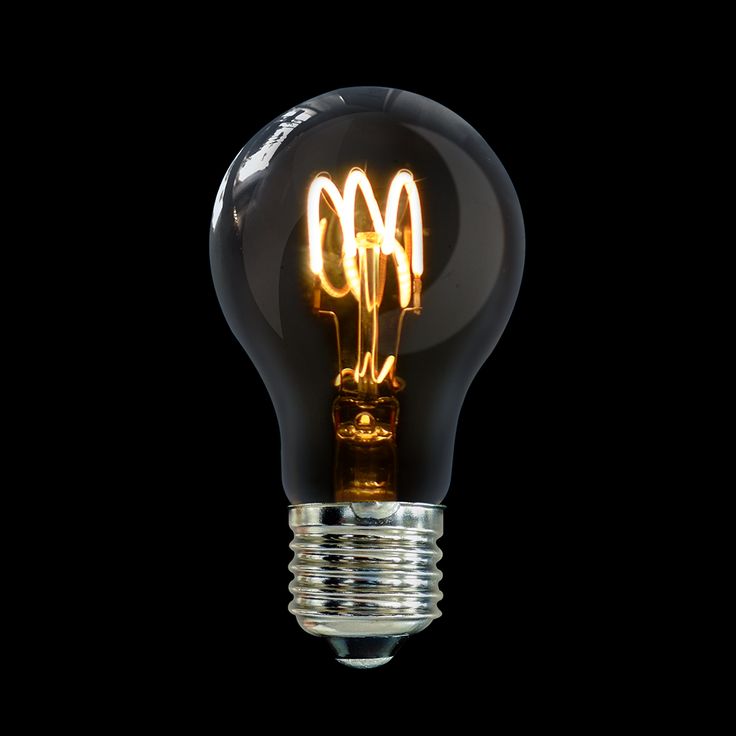
Show price
It uses four UVB lamps and has a lifespan of 1000 hours. Since one phototherapy session should not take more than 5 minutes, this lamp will serve you for a very long time. In addition, the built-in timer reduces the risk of overexposure and provides an easy way to keep track of each procedure.
Although the UVB rays emitted by Sperti Vitamin D are less harmful than UVA rays, they still come with many risks. Therefore, users should pay attention to the observance of safety precautions, in particular eye protection with special glasses that are supplied with the lamp.
Rayminder M260
It is a versatile and powerful lamp that uses state-of-the-art technology to produce a narrow band of ultraviolet light, specifically designed to help your body produce Vitamin D better and thereby fight various diseases.
The Rayminder M260 consists of a bulb that is 2 times the lifespan of the Sperti Vitamin D Sunlamp.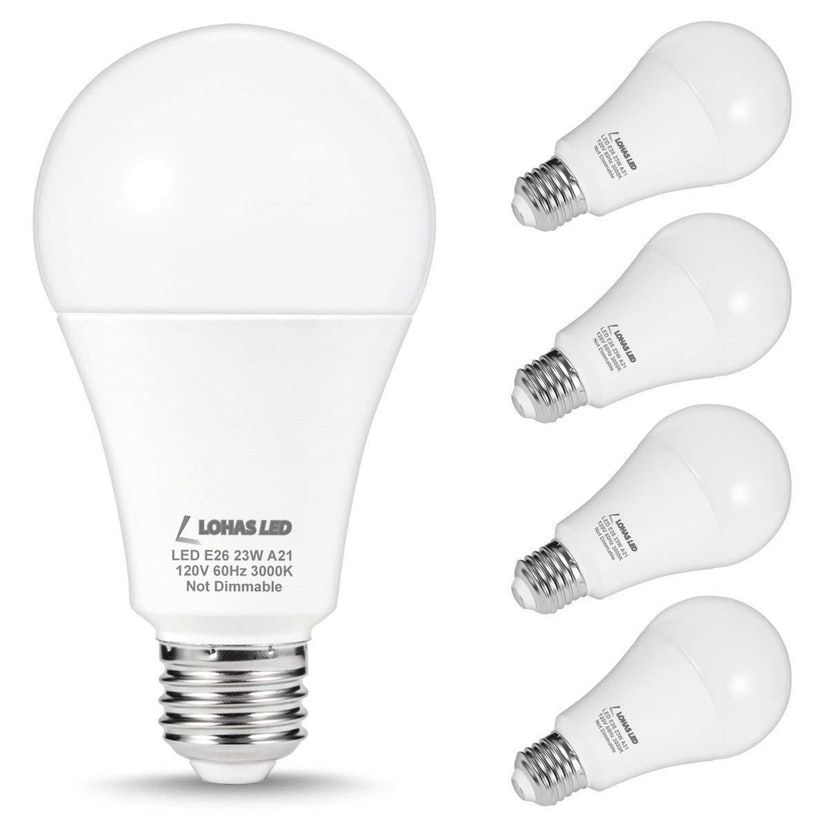 Therefore, you do not need to worry about the operation of the device, because you will have enough of it for many years
Therefore, you do not need to worry about the operation of the device, because you will have enough of it for many years
This device is equipped with a timer for 60 minutes. Therefore, you should be careful when using it, so as not to overdo it and not get burned. Also as a precaution, the lamp is supplied with glasses that completely cover the eyes, including peripheral vision, to avoid negative consequences.
Summary
The sun is essential for our health, strength, peace of mind, and even our survival.
One of the most famous hormones produced by sunlight is vitamin D. Its production occurs naturally in the body when UVB light strikes the skin.
Vitamin D lamps are becoming more and more popular as they naturally stimulate the production of vitamin D in the skin by activating the same mechanisms as sunlight. These lamps produce this hormone without the harmful UVA radiation that can cause negative effects such as premature aging and skin cancer.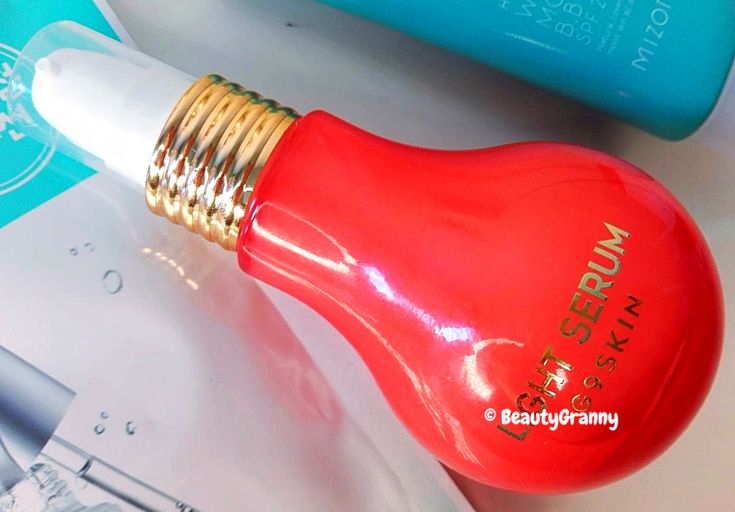 But do not forget about the precautions that include eye protection and a safe time for the procedure.
But do not forget about the precautions that include eye protection and a safe time for the procedure.
FAQ:
❓ Is vitamin D deficiency dangerous?
A large body of scientific research shows that vitamin D deficiency can influence the risk and outcome of a wide variety of health conditions. Research has linked vitamin D deficiency to an increased risk of many diseases, including osteoporosis, cancer, heart disease, diabetes, multiple sclerosis, psoriasis, asthma, rheumatoid arthritis, depression, and hypertension.
🧐 Can vitamin D deficiency be cured?
Vitamin D deficiency is curable, and there are several home treatments. One of the most effective and increasingly popular methods is light therapy. By using a narrow spectrum of UVB light, the rays activate the same mechanisms as sunlight. Read more about the effectiveness of vitamin D light bulbs in our article.
💡 Does SAD light therapy provide vitamin D?
The Seasonal Affective Disorder (SAD) lightbox is ineffective for treating vitamin D deficiency. SAD lamps use a completely different physiological process that uses the visible light spectrum to stimulate the retina in a way that affects circadian rhythm.
SAD lamps use a completely different physiological process that uses the visible light spectrum to stimulate the retina in a way that affects circadian rhythm.
💊 Does solarium provide vitamin D?
In solariums, UV light is mainly used in the UVA range. While these booths can raise your vitamin D levels, this is not a recommended form of light therapy due to the damage they cause to your skin.
Sources
- Taylor S.L, Kaur M, LoSicco K, Willard J, Camacho F, O’Rourke K.S, Feldman S.R. Pilot study of the effect of ultraviolet light on pain and mood in fibromyalgia syndrome. – Journal of Alternative and Complementary Medicine (New York, N.Y.), 01 Jan 2009, 15(1):15-23. DOI: 10.1089/acm.2008.0167
- Justin Thomas, Fatme Al-Anouti. Sun Exposure and Behavioral Activation for Hypovitaminosis D and Depression: A Controlled Pilot Study. – Community Ment Health J. 2018 Aug;54(6):860-865. DOI: 10.1007/s10597-017-0209-5. Epub 2017 Nov 21.
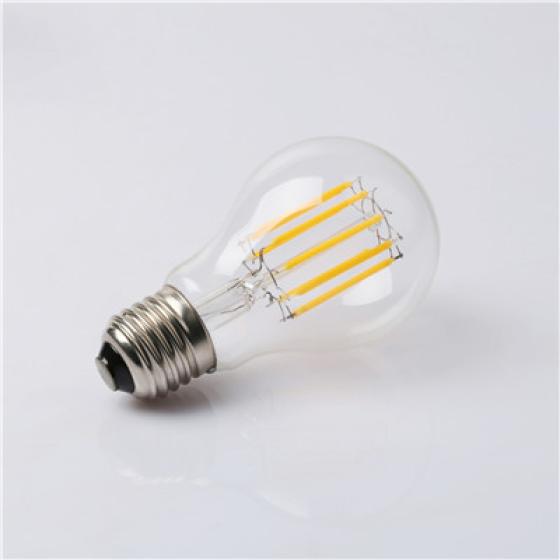
- Urashima M., Segawa T., Okazaki M., Kurihara M., Wada Y., Ida H. Randomized trial of vitamin D supplementation to prevent seasonal influenza A in schoolchildren. Am. J. Clin. Nutr. 2010;91:1255–1260. DOI: 10.3945/ajcn.2009.29094.
- Rossini, M., Bongi, S. M., La Montagna, G., Minisola, G., Malavolta, N., Bernini, L., … & Adami, S. (2010). Vitamin D deficiency in rheumatoid arthritis: prevalence, determinants, and associations with disease activity and disability. Arthritis research & therapy, 12(6), 1-7.
- Arkema, E. V., Hart, J. E., Bertrand, K. A., Laden, F., Grodstein, F., Rosner, B. A., … & Costenbader, K. H. (2013). Exposure to ultraviolet-B and risk of developing rheumatoid arthritis among women in the Nurses’ Health Study. Annals of the rheumatic diseases, 72(4), 506-511.
- Vieth, R. (2005). The role of vitamin D in the prevention of osteoporosis. Annals of medicine, 37(4), 278-285.
- Michael F. Holick. Biological Effects of Sunlight, Ultraviolet Radiation, Visible Light, Infrared Radiation, and Vitamin D for Health.
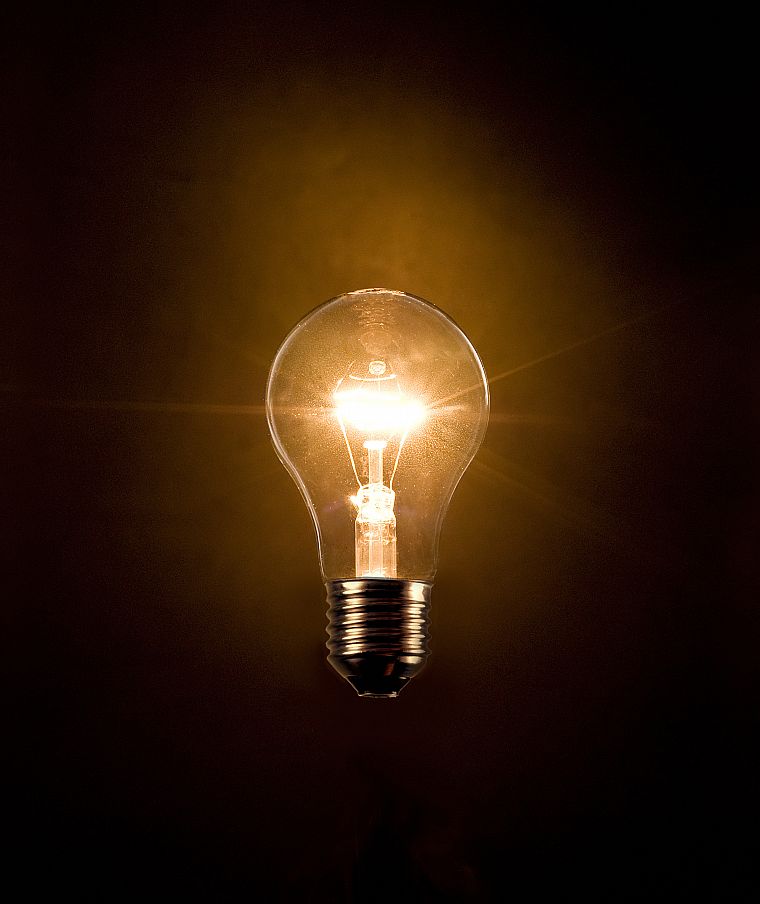 – Anticancer Research March 2016, 36 (3) 1345-1356.
– Anticancer Research March 2016, 36 (3) 1345-1356.
Black Friday Deals
Subscribe and get notified about the black friday deals, up to 50% discounts.
Total
1
Shares
For vitamin D, SAD, and more
We include products we think are useful for our readers. If you buy through links on this page, we may earn a small commission. Here’s our process.
People commonly use sun lamps, also known as SAD lamps, to treat a form of depression called seasonal affective disorder (SAD). These lamps can also help a person’s body make vitamin D, which helps ensure that specific body functions run smoothly.
A quick look at the best SAD lamps
- Best overall: Verilux HappyLight Luxe
- Best adjustable lux settings: Aura Day Light Lamp
- Best for inducing natural sleep and waking: Philips SmartSleep Light Therapy Lamp range
- Best bulb life: Circadian Optics Lumine Light Therapy Lamp
- Best for vitamin D: Sperti Vitamin D Sunlamp
Doctors sometimes refer to the use of a sun lamp as light therapy.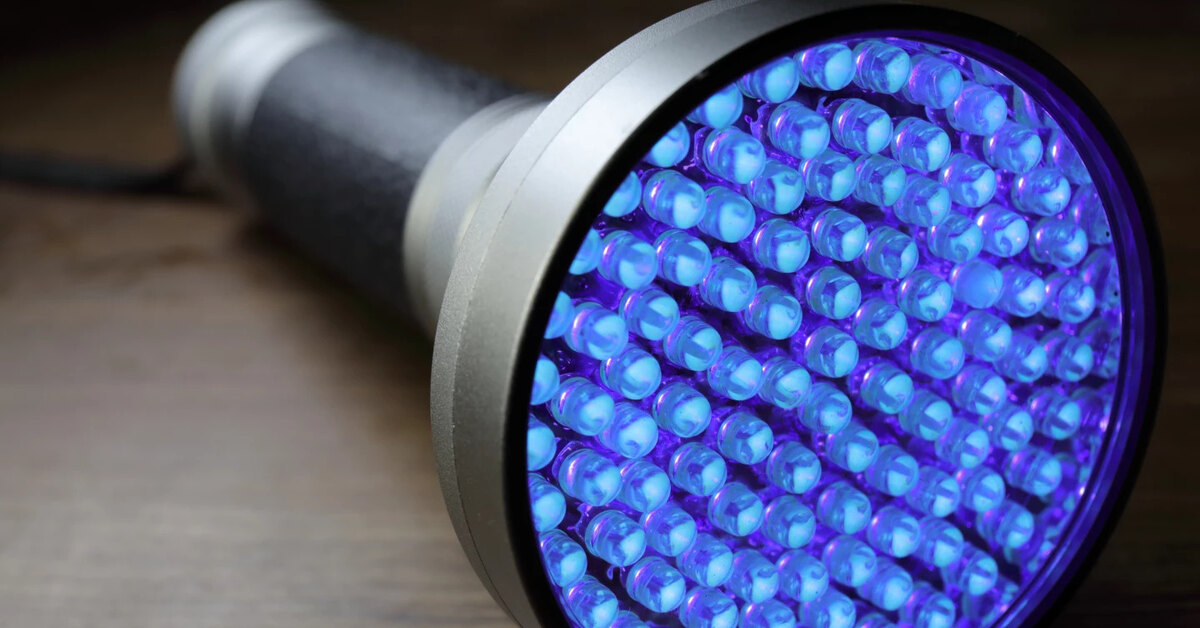 People with SAD commonly use sun lamps or lightboxes to improve their symptoms.
People with SAD commonly use sun lamps or lightboxes to improve their symptoms.
This article discusses what SAD is and how SAD lamps can help. It also lists a range of lamps a person can consider and answers some frequently asked questions about SAD lamps.
SAD is a type of depression that is more common in the late fall and winter months. Most people who experience it find that their symptoms become less severe or even resolve in spring and summer.
Individuals with vitamin D deficiency may also use a SAD lamp. Vitamin D helps the nervous system, muscles, and immune system function correctly and helps the body absorb the calcium necessary for maintaining healthy bones.
Most people receive the vitamin D they need from their diet and the sun. However, those who do not get enough sunlight exposure or who have a health condition that stops their body from absorbing vitamins from food might develop a vitamin D deficiency. This can lead to rickets in children, while adults can develop muscle weakness and bone pain.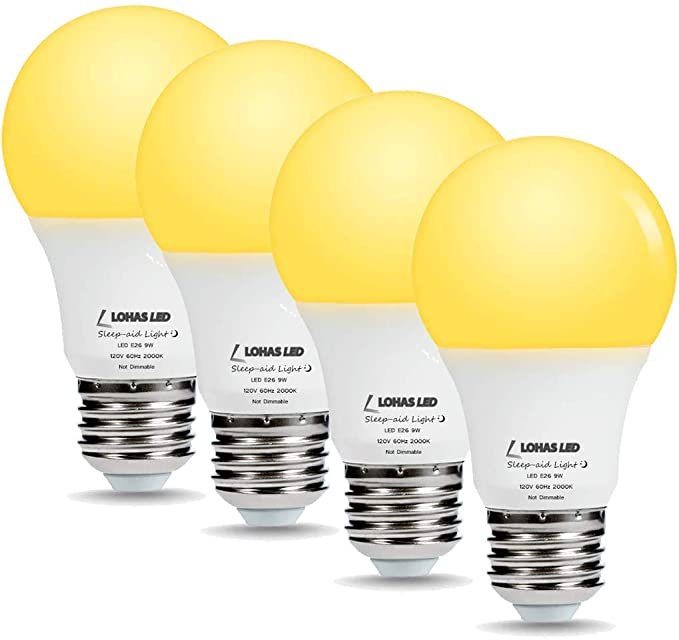
Sometimes, people also use SAD lamps to help with sleep disorders or depression.
SAD lamps, also known as sun lamps or light boxes, work by imitating sunlight.
People need sunlight for many reasons. It affects the body’s natural daily cycles, also known as circadian rhythms. These govern how individuals feel and when they go to sleep and wake up.
The skin also uses sunlight to make vitamin D.
Additionally, sunlight helps the brain produce hormones that the body needs to function. Some examples are serotonin, which plays a role in mood, and melatonin, which helps with sleep patterns. According to a 2013 review, sunlight may trigger the production of serotonin through the eyes and skin.
SAD lamps typically show measurements in lux, which refers to the lamp’s luminance level.
For example, doctors might recommend that a person with SAD sit by a lightbox that provides 10,000 lux for 30 minutes each day as soon as possible after waking up.
A person may also use lower lux lights, such as 2,500 lux, for 1–2 hours.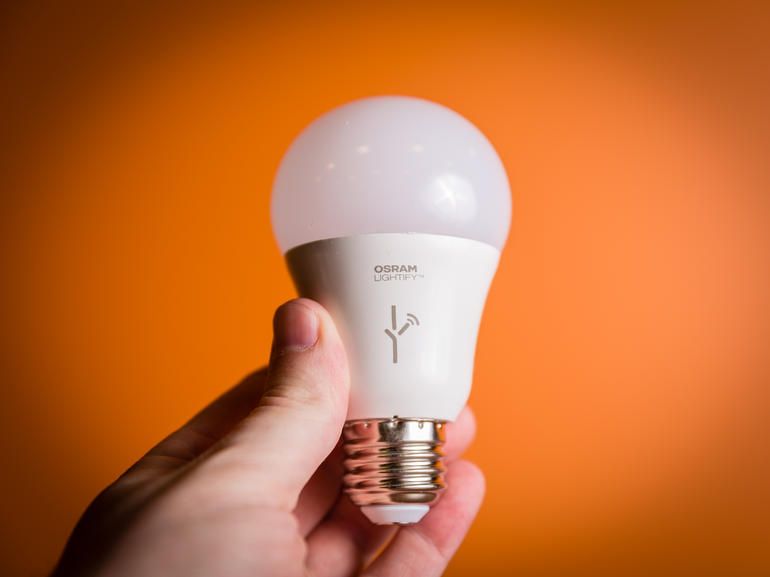
There is some evidence to support the benefits of light therapy, but there is a lack of up-to-date research on this topic.
Additionally, this type of therapy may not suit everyone. People with light sensitivity, bipolar disorder, diabetes, or eye health conditions should avoid this treatment.
Experts advise individuals who wish to try light therapy to use only SAD lamps that emit fluorescent light with no UV wavelengths, as UV light can damage the skin and lead to skin cancer.
However, for people using a SAD lamp to help their skin make vitamin D, UVB light is essential. Anyone considering using a SAD lamp should first consult a healthcare professional.
A person looking for a SAD lamp should consider the following factors:
- Light intensity: An intensity level of 10,000 lux is part of the standard treatment guidelines for light therapy.
- Positioning: A person should be able to angle their SAD lamp downward to reduce glare.
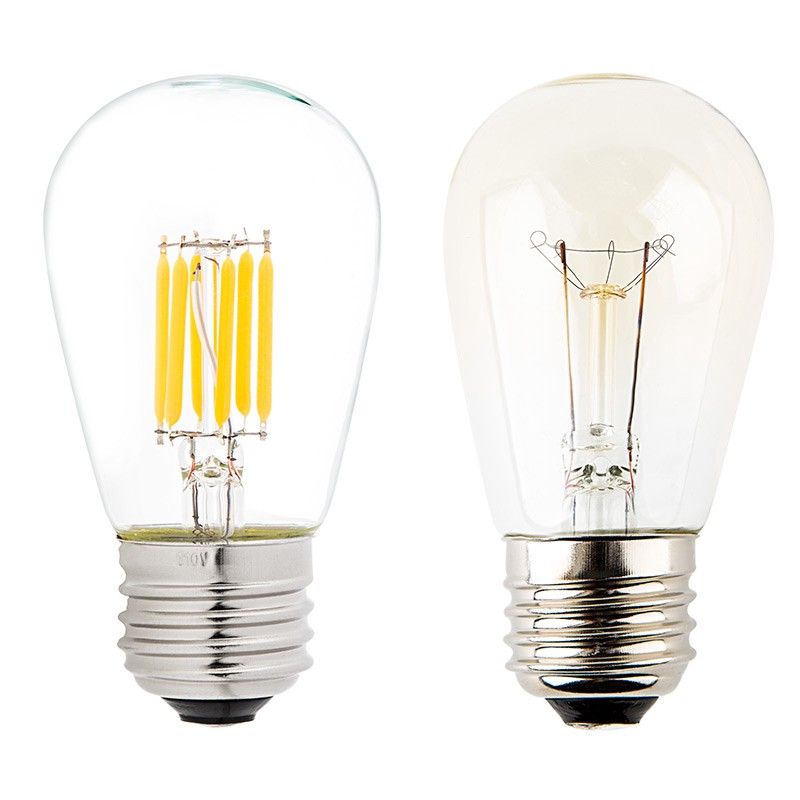
- UV filter: Individuals should look for a lamp with a built-in UV filter and UV-blocking capabilities.
- Efficiency: Some SAD lamps use replaceable bulbs, while others use LED lights that can last for 50,000 hours. Before making a purchase, a person may wish to consider how energy-efficient their chosen SAD lamp is and how much extra cost new bulbs may require.
Medical News Today chooses SAD lamps that meet the following criteria:
- Health claims: MNT includes companies that make no questionable health claims.
- Safety: MNT selects products that emit safe light levels and include UV filters.
- Price: MNT will choose products that suit a range of budgets.
The following are five of the best SAD lamps a person can consider purchasing.
Please note that the writer of this article has not tried these products.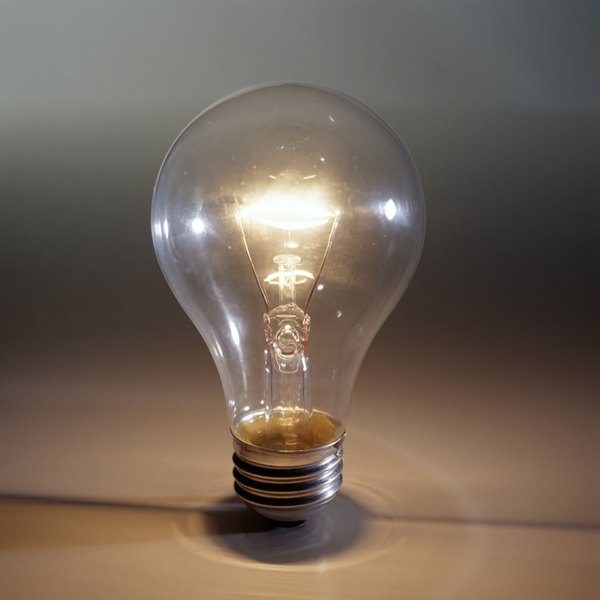 All information presented is purely research-based and correct at the time of publication.
All information presented is purely research-based and correct at the time of publication.
Medical News Today follows a strict product selection and vetting process. Learn more here.
Best overall: Verilux HappyLight Luxe
- Price: $69.99
- Dimensions: 11.7 inches (in) height (H) x 7.5 in width (W) x 0.5 in depth (D)
- Lamp intensity: 10,000 lux
- Weight: 2 pounds (lb)
Verilux sells a range of HappyLight products, which provide full-spectrum, UV-free light with 10,000-lux intensity.
The company’s HappyLight Luxe is portable and comes with adjustable color temperatures, timers, and a choice of four brightness levels.
People who use the product say it helps improve their mood, sleep patterns, and energy levels.
This lamp may be suitable for a wide range of users, as it offers many features for a reasonably affordable price.
Individuals may consider the following advantages and disadvantages of this lamp:
Pros
- three color temperatures: 3,000, 4,000, and 5,000 kelvin
- countdown timer
- UV-free light
Cons
- smaller surface area than SAD treatment guidelines recommend
- not adjustable
- may be less powerful than other models
The Verilux HappyLight Luxe is available to purchase online for $69.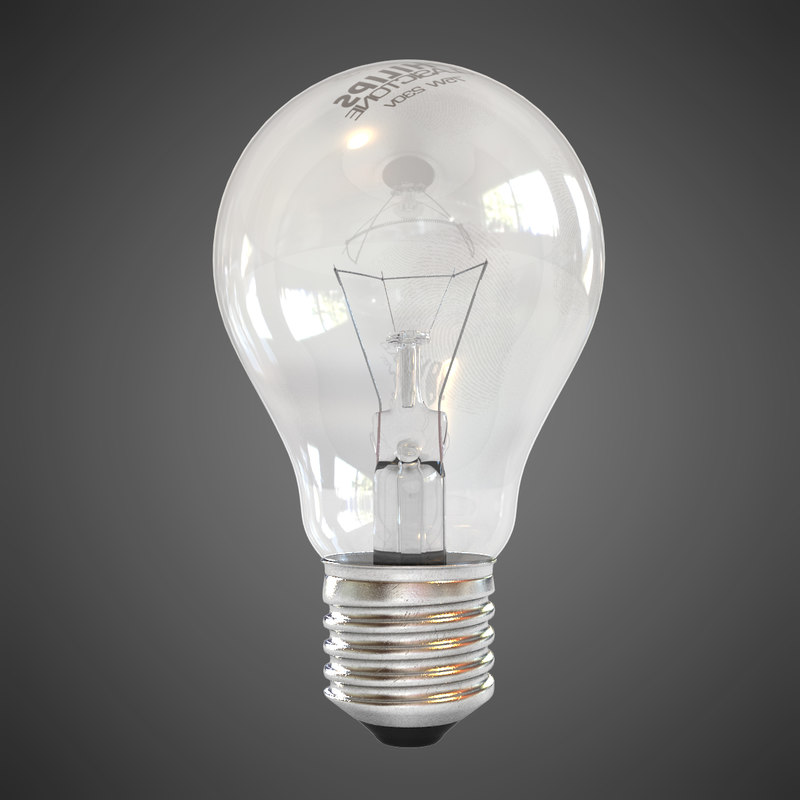 99.
99.
SHOP NOW
Best adjustable lux setting: Aura Day Light Lamp
- Price: $139.99
- Dimensions: 14 in (H) x 8 in (W) x 2 in (D)
- Lamp intensity: 3,500–10,000 lux
- Weight: approximately 1 lb
The Aura Day Light Lamp has an adjustable light output and does not use UV light. Individuals can adjust the lux setting from 3,500 to 10,000, depending on their preference.
A person can also mount the lamp to a wall, and it automatically shuts off after use. The manufacturer advises that the lamp’s design can boost mood and increase concentration, focus, and energy.
This lamp may be best suited to people who would like to experiment with the strength of light they need.
Below are some advantages and drawbacks of the Aura Day Light Lamp for a person to consider.
Pros
- adjustable angle
- adjustable light intensity
- UV-free light
- countdown timer
- wall-mountable
- swivel bottom
Cons
- reaches 10,000 lux at a short distance
- has bulbs that may burn out quickly
- comes at a higher price that is unsuitable for smaller budgets
- not easily portable
The Aura Day Light Lamp is available to purchase online for $139.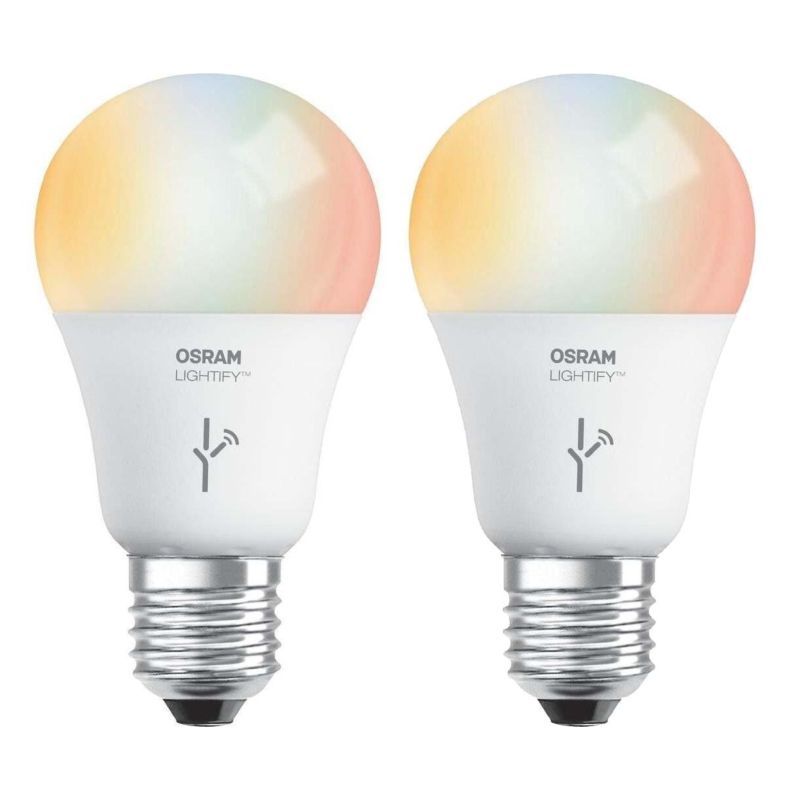 99.
99.
SHOP NOW
Best for inducing natural sleep and waking: Philips SmartSleep Light Therapy Lamp range
- Price: $49.99–199.99
- Dimensions: vary by model
- Lamp intensity: 200 lux
- Weight: varies by model
Philips designed its SmartSleep Sleep and Wake Up lamps to help people who have difficulty getting to sleep or waking up.
Most of the lamps aim to prepare the body for sleep by simulating sunset, gradually decreasing the light in the room. In the morning, the lamps do the reverse, simulating sunrise by gradually increasing the light.
People who use these products say that the lamps help them get to sleep and wake up more naturally, allowing them to feel more energetic during the day.
This product is especially suitable for people who would like a SAD lamp to support their circadian rhythm and improve their sleep.
Individuals may consider the following advantages and disadvantages of this lamp:
Pros
- a range of available lamps
- adjustable brightness levels on all lamps
- light that gradually increases to mimic sunrise
- design that supports natural waking and sleeping
Cons
- light intensity of 200 lux, which does not meet standard SAD treatment guidelines
- smaller surface area than SAD treatment guidelines recommend
- difficult to adjust for optimal SAD treatment position
- nonreplaceable bulb
- on the cheapest model only, no sunset simulation option to promote sleep
- design that supports natural waking and sleeping but not SAD specifically
The Philips SmartSleep Light Therapy Lamp range is available online for $49.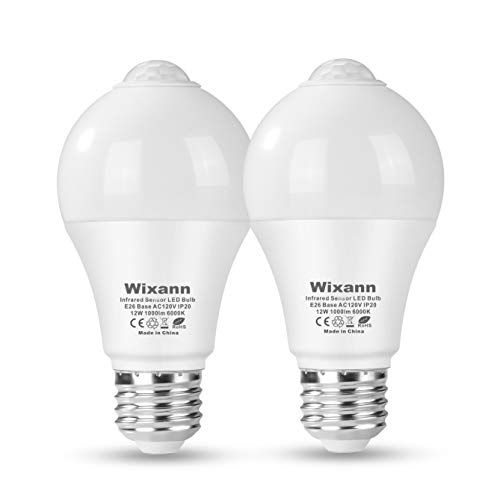 99–199.99, depending on the model.
99–199.99, depending on the model.
SHOP NOW
Best bulb life: Circadian Optics Lumine Light Therapy Lamp
- Price: $49.99
- Dimensions: 9.5 in (H) x 7 in (W) x 2 in (D)
- Lamp intensity: 10,000 lux
- Weight: 1.69 lb
The company writes that these lamps do not use UV light. They come in various designs with an intensity of 10,000 lux.
The manufacturer writes that this lamp’s design imitates the sun at noon, and a person can adjust the lamp through three brightness levels.
Additionally, rather than fluorescent bulbs, this lamp uses light-emitting diodes (LEDs) that have a 50,000-hour life.
The lamp comes with a 2-year warranty.
This lamp may be best suited to people who would like to use higher light strengths.
A person may consider the following advantages and drawbacks of the Lumine lamp:
Pros
- provides 10,000 lux to meet SAD treatment guidelines on brightness
- does not use UV light
- uses LED bulbs that last 50,000 hours
- has three levels of brightness
- produces white light
Cons
- smaller surface area than SAD treatment guidelines recommend
- no timer
- no option to adjust lighting angle
- short electric cord
The Circadian Optics Lumine Light Therapy Lamp is available online for $49.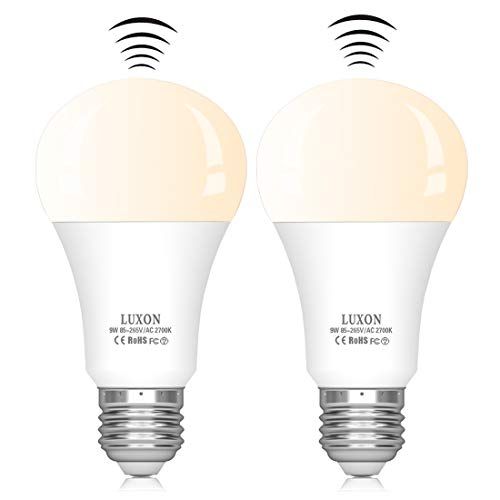 99.
99.
SHOP NOW
Best for vitamin D: Sperti Vitamin D Sunlamp
- Price: $700.24
- Dimensions: 22 in (H) x 12 in (W) x 6 in (D)
- Lamp intensity: not listed
- Weight: 13 lb
The Sperti Vitamin D Sunlamp claims to provide the UVB rays that the body needs to make vitamin D.
According to the manufacturer, it is the only product of its type with recognition from the Food and Drug Administration (FDA).
The device also features an adjustable timer and includes two pairs of UV-blocking glasses to protect the eyes during use. According to Sperti, doctors recommend that people use it for only a few minutes at a time to avoid burns.
This product may suit people who would like a SAD lamp to improve their vitamin D levels.
Below are some advantages and disadvantages of this lamp.
Pros
- reportedly meets recommended surface area guidelines for SAD treatment
- adjustable timer
- 1,000-hour bulb life
- comes with two pairs of protective eyewear
Cons
- unsuitable for smaller budgets
- non-adjustable brightness
- produces potentially harmful UVB rays
- unspecified lux levels
The Sperti Vitamin D Sunlamp is available to purchase online for $700.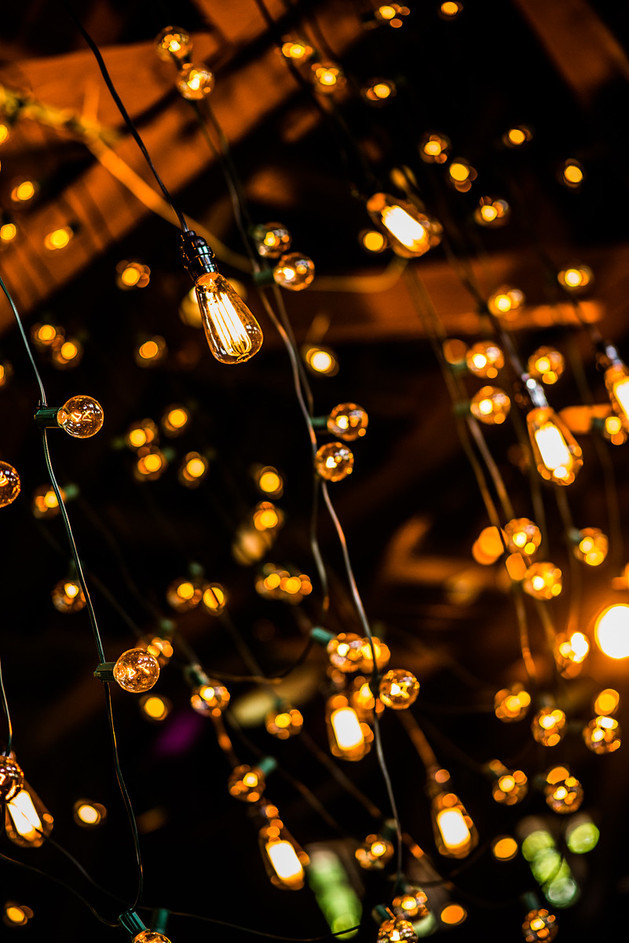 24.
24.
SHOP NOW
There are general guidelines for using a SAD lamp to reduce SAD symptoms. A person may consider:
- sitting in front of the SAD lamp first thing in the morning
- using a fluorescent light source with a diffusion screen
- ensuring 30 minutes of exposure to 10,000 lux
- angling the SAD lamp to -30 degrees away from the person’s line of sight
- sitting 12–24 in away from the SAD lamp
- not looking directly at the bulb
- starting to use the SAD lamp in the fall and continuing its use through to spring
Below are answers to some of the top frequently asked questions about SAD lamps.
Can SAD lamps damage your skin or eyes?
A 2017 review recommends that people who take medications that increase their sensitivity to sunlight or who have medical conditions that have the same effect exercise caution when using SAD lamps.
Additionally, those with cataracts, retinopathy, or glaucoma should use a SAD lamp only under the care of an ophthalmologist.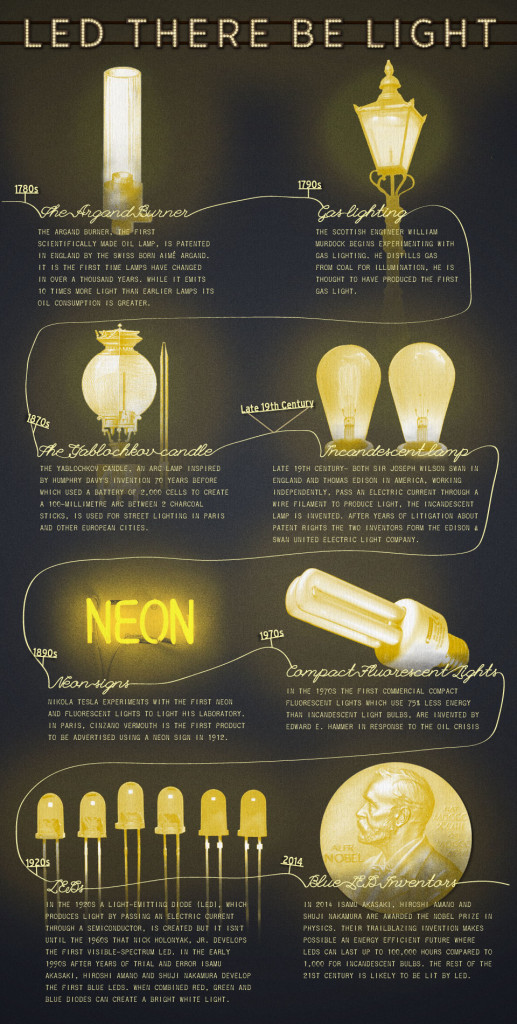
Do SAD lamps increase your vitamin D levels?
A 2017 study suggests that lamps that produce UVB light may help a person’s body produce vitamin D. However, future research is necessary to learn more.
If a person has concerns that they have a vitamin D deficiency, they should speak with their doctor as soon as possible.
How long does it take for light therapy lamps to start working?
The exact amount of time it takes to see a reduction in SAD symptoms may vary, but research shows that most people begin to experience symptom relief within 7 days of starting treatment.
Do I need a prescription for a SAD lamp?
No. A person can buy a SAD lamp online without a prescription.
A person should speak with a doctor before using a SAD lamp for a health condition.
Are SAD lamps safe?
Doctors generally consider SAD lamps safe. However, certain light wavelengths that some SAD lamps use can increase a person’s risk of cancer. Additionally, people with certain health conditions should not use SAD lamps.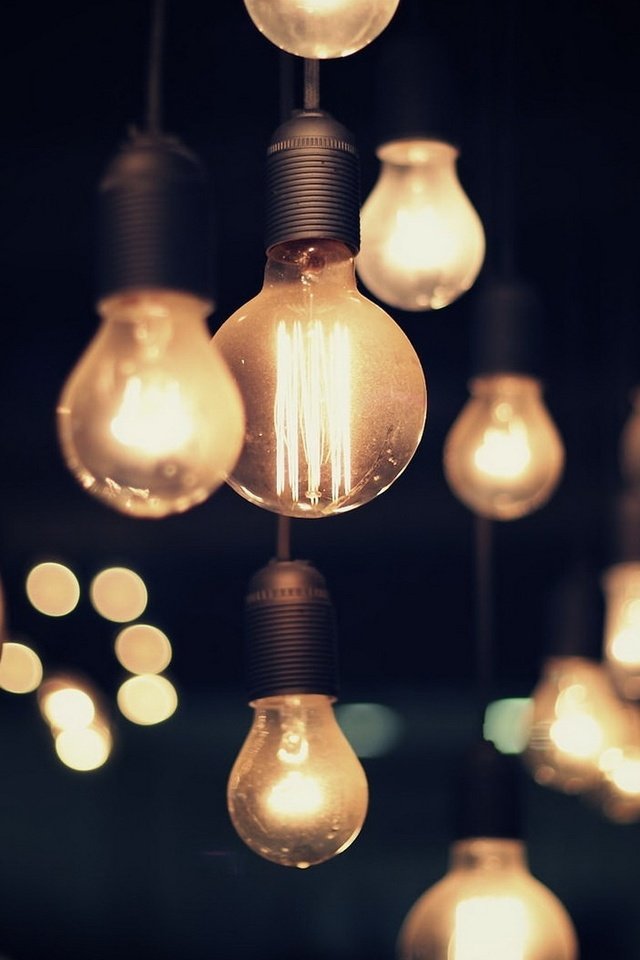
Side effects of light therapy may include eyestrain, headaches, and difficulty sleeping.
A person should speak with a doctor before using a SAD lamp to ensure that it is safe for them.
What are the benefits of SAD lamps?
SAD lamps may imitate the effects of sunlight, including stimulating the production of serotonin. They may also help regulate a person’s circadian rhythm and increase vitamin D production.
However, more research is necessary to explore the benefits of SAD lamps for health.
SAD lamps, which work by imitating the sun, may help some people with SAD, vitamin D deficiency, or sleep issues.
However, individuals should be careful when using these devices. In most cases, people should look for products that do not use UV light, as this type of light can damage the skin and lead to skin cancer.
If a person has a vitamin D deficiency, their skin needs UVB light to make the vitamin. However, in most cases, it is better to get vitamin D from food and natural sunlight than to use a SAD lamp.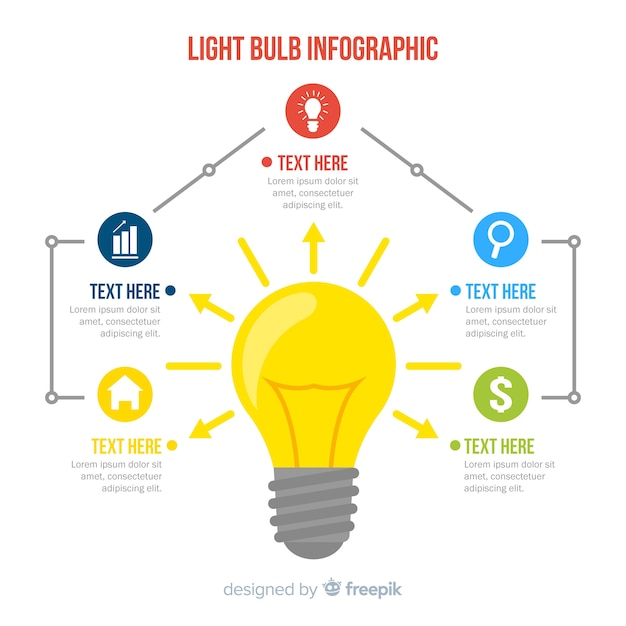
It is important to note that light therapy will not work for everyone. Those with light sensitivities, bipolar disorder, diabetes, or eye health conditions should avoid this treatment.
Anyone thinking about using a SAD lamp, especially those who suspect they have a vitamin D deficiency, should speak with a doctor first.
About the benefits of vitamin D and tanning lamps
Tags
tanning service solarium MegaSun solarium Megasun T230W lamps Devoted Creations Ed Hardy solarium creams Cosmedico lighttech wolff tanning lamps solarium lamps Ergoline Ergoline Sunrise 7200 Hybrid Light collarium Collarium Ergoline Solarium Ergoline Special offers Solarium UltraSun homemade collagenaria Solarium HiiQ Collaten lamps vertical solarium weight loss machines Solariums Q-Med Solariums Fire-Sun Alisun solariums buy solarium
November 5, 2019
Human health is largely determined by the balance of vitamins needed by the body.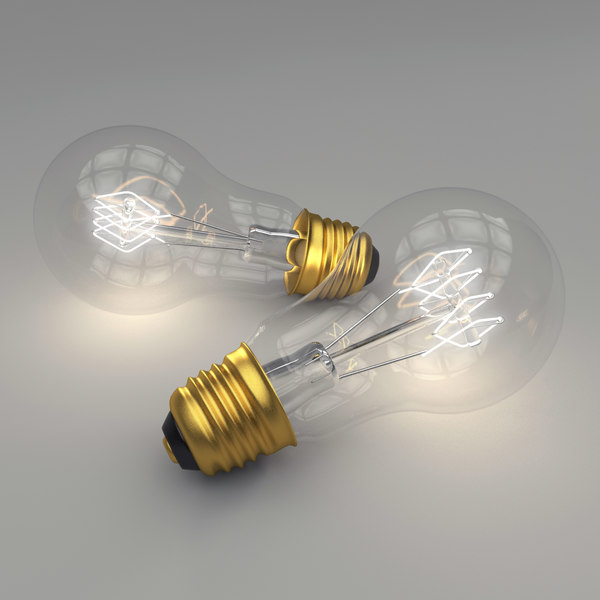 Many scientific studies have confirmed that one of the most important vitamins that determine the general condition of the body is vitamin D. An adequate level of this vitamin significantly reduces the risk of autoimmune diseases and prevents the occurrence of most forms of cancer. Its deficiency can lead to serious health problems, so it is especially important to ensure that we always get the required dose of this important element.
Many scientific studies have confirmed that one of the most important vitamins that determine the general condition of the body is vitamin D. An adequate level of this vitamin significantly reduces the risk of autoimmune diseases and prevents the occurrence of most forms of cancer. Its deficiency can lead to serious health problems, so it is especially important to ensure that we always get the required dose of this important element.
Vitamin D is synthesized by skin cells under the influence of ultraviolet light, more specifically under the influence of UVB rays that enter ultraviolet light. In summer, due to the large number of sunny days, the deficit can be made up by being in the open sun, but with the onset of autumn, when daylight hours gradually become shorter, the need to resort to additional sources increases. This is especially true for northern countries, where the lack of vitamin D is felt most acutely. To restore it, it is recommended to attend tanning sessions in the solarium.
Regular, moderate tanning helps to normalize vitamin D levels and is an essential part of a healthy lifestyle. When visiting a solarium, it is important to pay attention to which lamps are installed in it. In different tanning lamps, the combination of UVA and UVB spectra can differ, having a significant impact on their performance. UVB rays are primarily responsible for the healing effect, the production of melanin and vitamin D, while UVA rays contribute to the oxidation of melanin, coloring. Solarium lamps, which have an increased UVB coefficient, allow you to achieve a more even and long-lasting tan, fully replenishing vitamin D deficiency without the risk of overdose, because. the body itself regulates the intake of the amount of vitamin it needs. At the same time, it is always important to remember the maximum allowable session time, depending on the type of skin, avoiding burns.
Some of the best tanning lamps in the solarium, taking this feature into account, are produced by LightTech (Hungary) and Wolff System (Germany).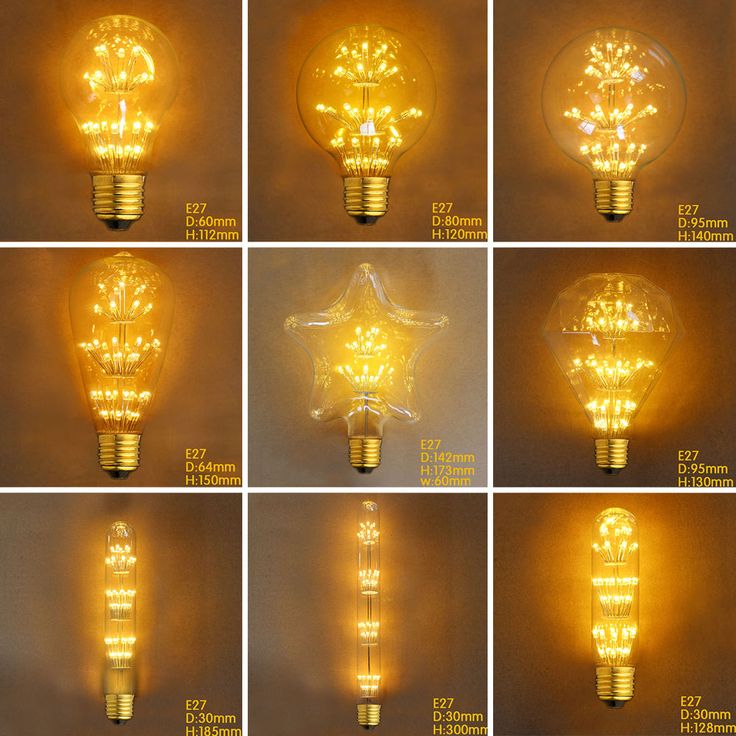 Excellent performance, impeccable reputation of manufacturers and customer reviews allow us to proudly say that these lamps are as balanced as possible in terms of price / quality. They meet the basic needs of today's visitors - safety, health, a beautiful tan and pleasant sensations. Solana, being a long-term partner of these manufacturers, supplies lamps directly from the factory. Helps to choose modern lamps with characteristics suitable for any model of horizontal or vertical solariums. Installing lamps with the best characteristics for your solarium will allow the visitor to really feel and see the difference, get a healthy tan, strengthen the immune system, and improve the general condition of the body.
Excellent performance, impeccable reputation of manufacturers and customer reviews allow us to proudly say that these lamps are as balanced as possible in terms of price / quality. They meet the basic needs of today's visitors - safety, health, a beautiful tan and pleasant sensations. Solana, being a long-term partner of these manufacturers, supplies lamps directly from the factory. Helps to choose modern lamps with characteristics suitable for any model of horizontal or vertical solariums. Installing lamps with the best characteristics for your solarium will allow the visitor to really feel and see the difference, get a healthy tan, strengthen the immune system, and improve the general condition of the body.
Special attention should be paid to the installation of UV lamps with Collaten lamps in a certain proportion, calculated on the basis of the total solarium power and the number of lamps. Collaten lamps primarily contribute to the synthesis of vitamin D, increased blood circulation, additional moisturizing and cleansing of the skin, improvement of hormonal levels, general improvement in the condition and tone of the skin, while enhancing the positive properties of UV lamps.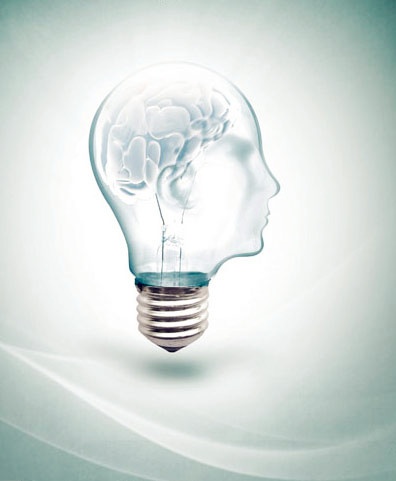
Solarium lamps are always better to buy from a seller with sufficient experience to competently advise and choose the lamps that are right for your requirements and conditions. It is important that when buying ultraviolet lamps, the seller can provide all the necessary documents and help to compare the characteristics of the lamps indicated in their passports. You should not chase the lowest price, it is often associated with low quality, which can disappoint visitors, negatively affecting the reputation of a tanning studio or salon. The best solution is a certain balance of performance and cost. A competent approach, taking into account the recommendations of professionals in the field of solar business, allows you to be sure that each ruble invested will bring additional profit. Choose not a design or a slogan, but pay money for real characteristics.
- Cosmedico
- LightTech
- Wolff
- tanning lamps
- solarium lamps
Collatan Lamps - Vitamin D Synthesis and Natural Tanning
Brand of lamps
Lamp brand LightTech (5)Collatan (5)
UVB radiation, %
UVB radiation, %
Power, W
Power, W100R (1)120R (1)160R (2)180R (1)
Length cm
Length cm176 (2)190 (2)200 (1)
Service life, h
Service life, h1000 (5)
In the last few years, the vector of development in the tanning industry is aimed not only at achieving an aesthetic effect, but to a greater extent at preserving youthful skin and a positive effect on the whole body.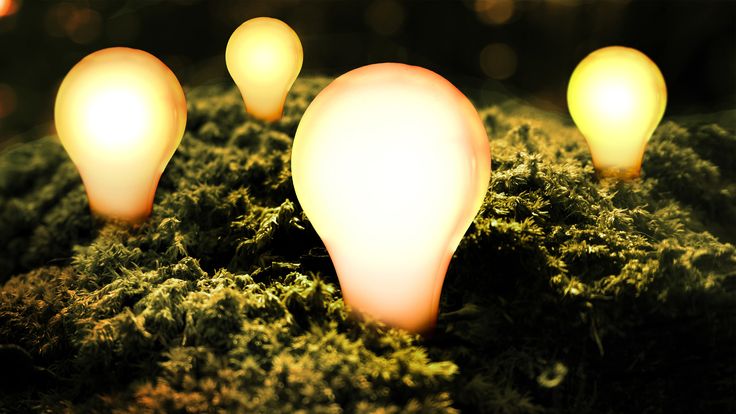 Modern technologies strive to fully ensure a balance between beauty and health, and collaten lamps for a solarium have become a striking example of this balance.
Modern technologies strive to fully ensure a balance between beauty and health, and collaten lamps for a solarium have become a striking example of this balance.
Collaten are unique tanning lamps. They allow visitors to tanning salons and studios to get a well-groomed tan - perfect clean moisturized skin and improve health status thanks to the spectrum in the range of active vitamin D production and the combination of the benefits of four light spectra at once: ultraviolet, red, blue and white.
Collaten lamps are focused on the healing effect - the synthesis of vitamin D, and the aesthetic effect - increased production of melanin, while minimizing the formation of pigmentation, giving a lasting, even tone. For those who want to get a more intense dark tan, we recommend the Collaten 1 to 3 installation with classic UV lamps.
UV Broadband A
UVA Broadband with a wavelength of 320-410n/m helps to gently color, overpigment and avoid existing melanin while avoiding natural, beautiful tanning.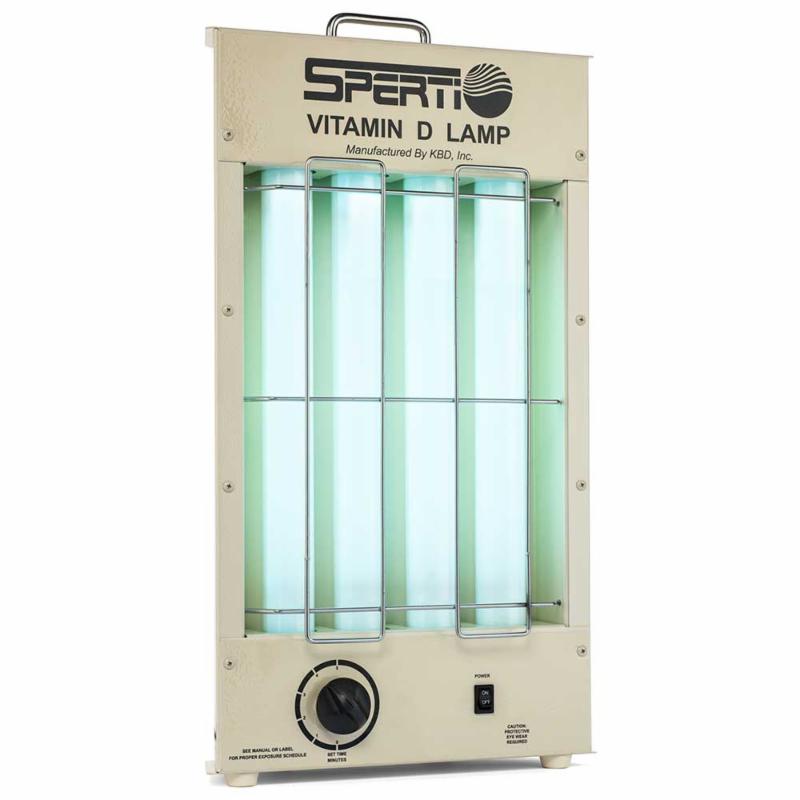
The fundamental feature of using this balance in the UV spectrum is a unique opportunity to activate the production of vitamin D, in a natural way, in a short time. Develop enough pigment for an incredibly beautiful tan later! Avoid unwanted pigmentation and achieve beautiful skin tone.
Blue Light Spectrum (415nm)
Blue light kills bacteria and has a cleansing effect on the skin. Exposure to the blue spectrum of light treats acne and accelerates tissue regeneration.
Red light
615-625 N/m – the ideal length of red light, when exposed to the skin, triggers photobiological processes and actively promotes the production of collagen and hyaluronic acid. Red light also has a "turbo effect" that stimulates blood circulation, allowing you to enhance the tan color with even pigmentation. Neutralizing dry skin - effectively moisturizes it, makes it toned and well-groomed.



